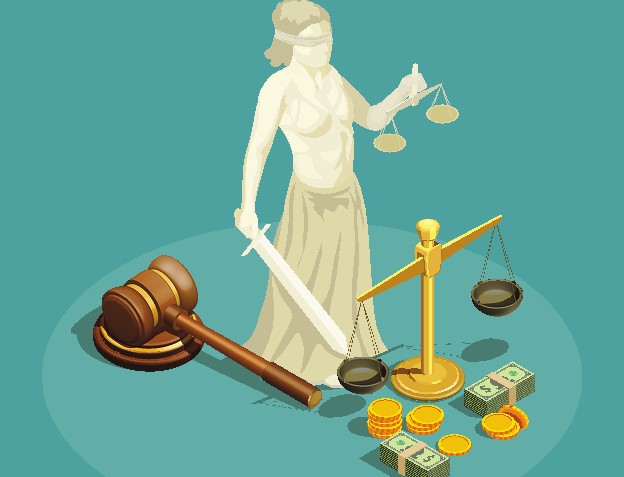
Grades 9-12

Don't have an account yet? Sign up for free
Don't have an account yet? Sign up for free
Students will be able to:

In this economics lesson, students examine the choices made in the story of The Three Little Pigs.
Warm-Up
Tell students this lesson will focus on making better choices. Show them Slide 2 in the Costs and Benefits of the Three Little Pigs PowerPoint . Have them describe what they see in this picture. Ask which one of the snack choices would they choose and have them explain the reason for their choice. Ask them to identify one positive feature of the apple and record their answers. Ask them to identify one negative feature of the apple and record their answers. Repeat the process with the Cheetos. Tell students that the positive features would be considered benefits and the negative features would be considered costs. Explain that the cost of making a choice is more than just the amount paid for the product; it also includes what they gave up when making their choice. For example, if they chose the apple, they gave up the opportunity to have the Cheetos. And, if they chose the Cheetos, they gave up the opportunity to have the apple. Tell them what they gave up is called their opportunity cost. Remind them that making good choices is about comparing their benefits and costs, just as they did when choosing between the apple and the Cheetos. And, when they make a choice, they have to give up something because they cannot have everything – even though they may want to.
Modeling
Ask students if they have heard the story of The Three Little Pigs. (Most should answer yes.) Tell them you are going to show them a video with the story and ask them several questions when it is over. Encourage them to look for examples of benefits, costs, and opportunity costs while viewing it. (Note: The first set of questions below are story review questions; the second set are reflection questions. The times are included with the first set if you prefer stopping the video while viewing to ask the questions.)
Review Questions:
Reflection Questions:
Group Activity
Put students into small groups. Tell them they are going to practice making decisions using a Decision-Making Grid. After distributing copies of the grid to each student, show them Slide 3 and review the instructions for the activity. Tell them you will be asking two questions and they should place a mark in the grids to correctly identify their answers. The first question deals with the speed of using the building materials and the second question deals with the safety of the building materials. You may want to point out these two areas on the slide. Ask Question 1: Are the building materials (straw, sticks and bricks) quick or easy to use when building a house? Have them discuss the question and mark their answers on the grid. Ask Question 2: Will the building materials provide “little” or “lots” of protection from the wolf or from a bad storm. Have them discuss the question and mark their answers on the grid. Have students use their grid results to reach consensus about the best decision for building a house. After reminding them about the three little pigs, ask them to explain who made the best and why they concluded that. (Answer: The third little pig because his house stood when the wolf came. Remind students that sometimes it worth taking the time to do things right the first time and to consider the future results of their choices, even when it seems like a quick, cheap decision might be more fun or easier.) Respond to any questions students may have about their grids or the assignment.
Individual Activity
Distribute copies of Decision-Making to each student. Review the instructions and have students complete the assignment individually. (Note: You may need to read the story for them or provide additional guidance to complete the assignment.)
Distribute copies of the Assessment handout to each student. Tell students you will be reading three different situations and they should choose which choice, A or B, is best; then circle that letter on their handouts. Read the situations in Slides 3-5, allowing time for students to select their answer after each one. You may also want students to select one situation and explain the reason for their answer. Another option is to review the student answer, discussing the reasons as a class. (Answers: 1. B; 2. A; 3. A.)
Activity 1
Introduce students to What Pet Should I Get? by Dr. Suess in a lesson reinforcing the concepts of costs and benefits.
Activity 2
Use the lesson Toys for Me: A Lesson on Choice to expand students’ understanding of the need to make good decisions.
Activity 3
Use the interactive lesson Once Upon a Decision to enforce students’ understanding of costs versus benefits.

Grades 9-12

Grades 9-12

Grades 9-12

Grades 9-12
